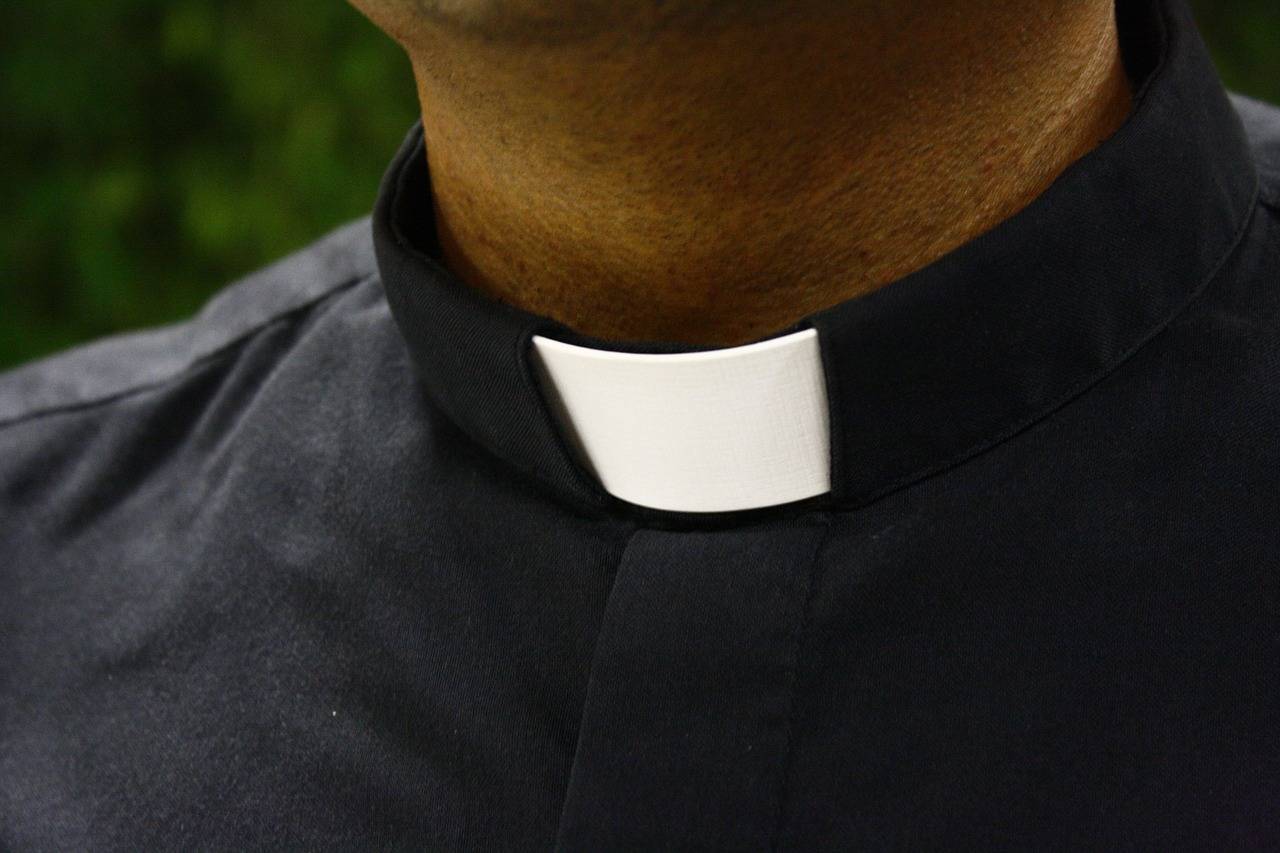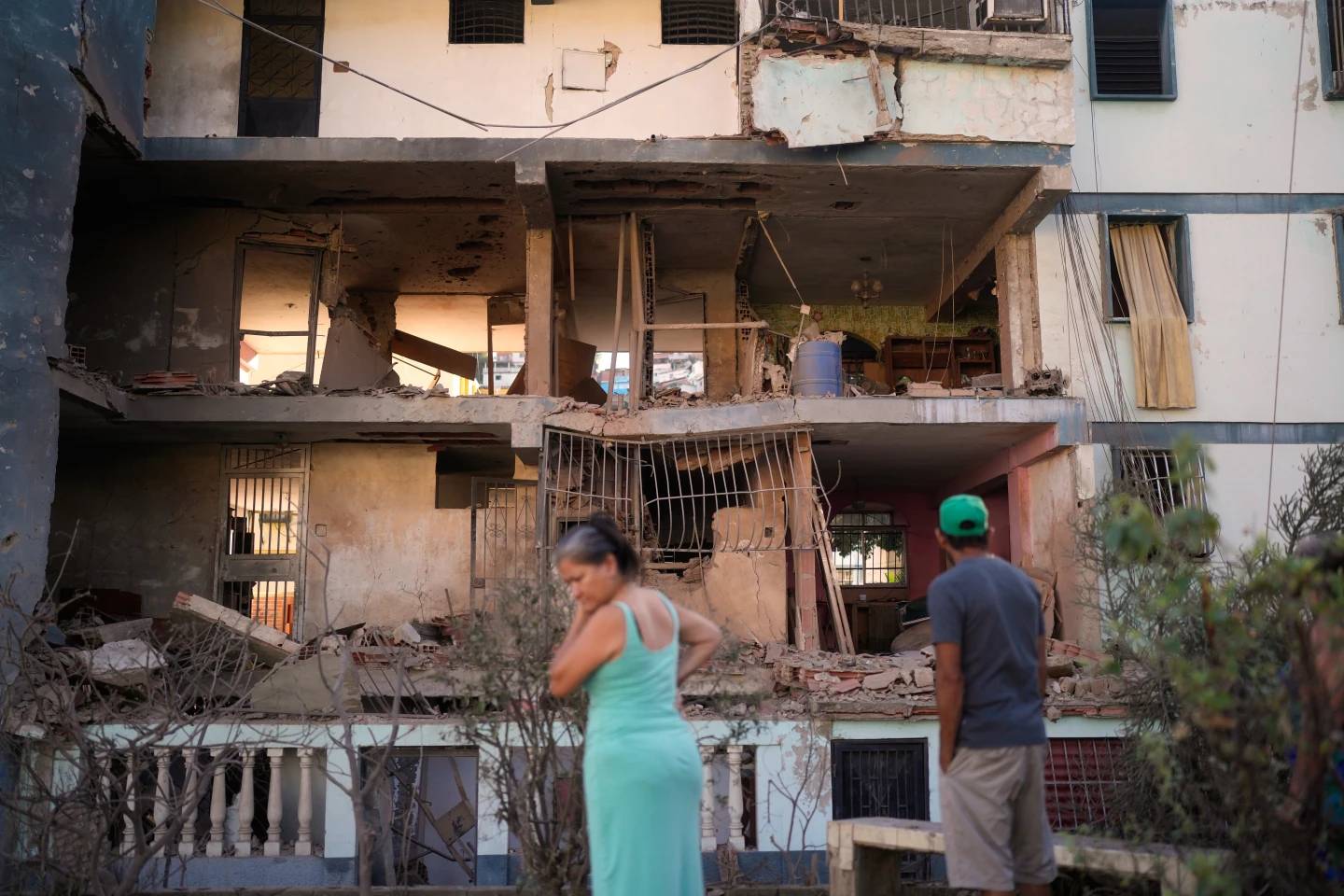SÃO PAULO – São Paulo State’s Court of Appeals has reversed a 2019 decision that stopped the building of a giant steel statue of the Virgin Mary in Aparecida, the city where Brazil’s major Catholic shrine is located.
Now, the 164-feet stainless steel sculpture portraying Our Lady of Aparecida – taller than Rio de Janeiro’s Christ the Redeemer – which was donated in 2017 by the artist Gilmar Pinna to the municipality as part of the celebration of the 300th anniversary of the apparition, can finally be finished.
The project includes five small religious statues implanted in different parts of the city along with the large hilltop monument.
But the work was interrupted due to a lawsuit filed by the Brazilian Atheists and Agnostics Association (ATEA), which claimed that public funds were being used to pay for religious symbols, which is forbidden by the Brazilian constitution.
However, Pinna said almost all elements that integrated the project had been donated, including the sculpture.
“Forty years ago, I was facing a terrible problem in my family, and I asked Our Lady’s help. She gave me her grace and I promised her I would build something grandiose,” he told Crux.
The artist said that he had been saving part of the payments that he got for his sculptures since then with the goal of creating the giant Madonna.

Other people also contributed. The land where the statue is being built was donated by João Vicente Vieira, a local businessman. The transportation of the pieces of the statue was also a donation.
“The sculpture had more than 200 pieces, which were taken to the implantation site and assembled for four months, forming four big parts. The foundation was completed, and we just had to assemble the four parts to conclude the work, but we were ordered to stop,” Pinna said.
The judge in charge of the case accepted ATEA’s claims and determined that all five smaller sculptures – for which Pinna had been paid – should be removed from the city and the monument’s building should be suspended. She considered that public money was being used to favor a specific religion.
With the interruption, the giant pieces were left on the terrain without any protection and were attacked by vandals.
“They were graffitied, and the paint was absorbed. Part of the metal now needs to be replaced,” Pinna said. The rosary for the sculpture was also stolen. The artist says that he needs about $840,000 to finish the work, much more than previously estimated, due to the rising price of steel during the pandemic.
He said that he respects the atheists and agnostics – and even their right to dispute things they do not agree with – but he asserted that the “suit did not make any sense.”
“It is an artwork, not a religious artifact. My works may be a form of evangelizing, but I am not the church. I am only a craftsman with a message,” he said.
Last year, ATEA filed another lawsuit against his work in the city of São Sebastião, where he built a 164-foot steel Saint Sebastian.
Vieira, the businessman who donated the land for the project in Aparecida, said the original judgement was decided wrongly.
“The city was born from Catholicism. If it were not for the saint, we would be only a district of [the neighboring city of] Guaratinguetá,” he said.
It all started in 1717, when three fishermen caught a small clay statue of the Virgin Mary in their nets. After that, they were able to catch plenty of fish.
The devotion to the Madonna that suddenly appeared in the river (in Portuguese, “aparecida” means the one who appeared, or who was revealed), began to rapidly grow among the local people, with new miracles being attributed to her.
The chapel where the small statue was kept also grew, becoming a large church in the 19th century. In 1842, the place became a district, and in 1928 it was finally recognized as a city. Now, with the basilica, the city welcomes 13 million visitors every year.

“Despite so many tourists, the municipality has not created new attractions in the region,” Vieira said. Now, he hopes that the city government will be quick in concluding the construction of the giant monument.
“The hill is in a poor neighborhood. It will bring change for the local people, who will open hotels and restaurants to serve the visitors,” he added.
Vieira emphasized that the pandemic had catastrophic effects on the city, which is totally reliant on tourism. “Several shop owners had to shut their doors,” he said.
Pinna also had losses in the period, which were made worse by the impact of the legal decision.
“But the worst part was to be left alone by everybody. Nobody called to help me through that time. The church never called me, not even to bless my work,” he said.
Despite that, Pinna still thinks that the basilica’s administration should assume the Virgin monument. “I would like to offer it to them. They would be the best administrators for a monument like that,” he said.
Vieira, whose family used to own the area where the Aparecida statue was found in the 18th century, said that a few years ago part of the area was transferred to the church, where it is planning to create a walking trail.
“If the church assumed the Virgin monument, it could establish a full circuit of visitors. I think it should consider that possibility,” he said.

















